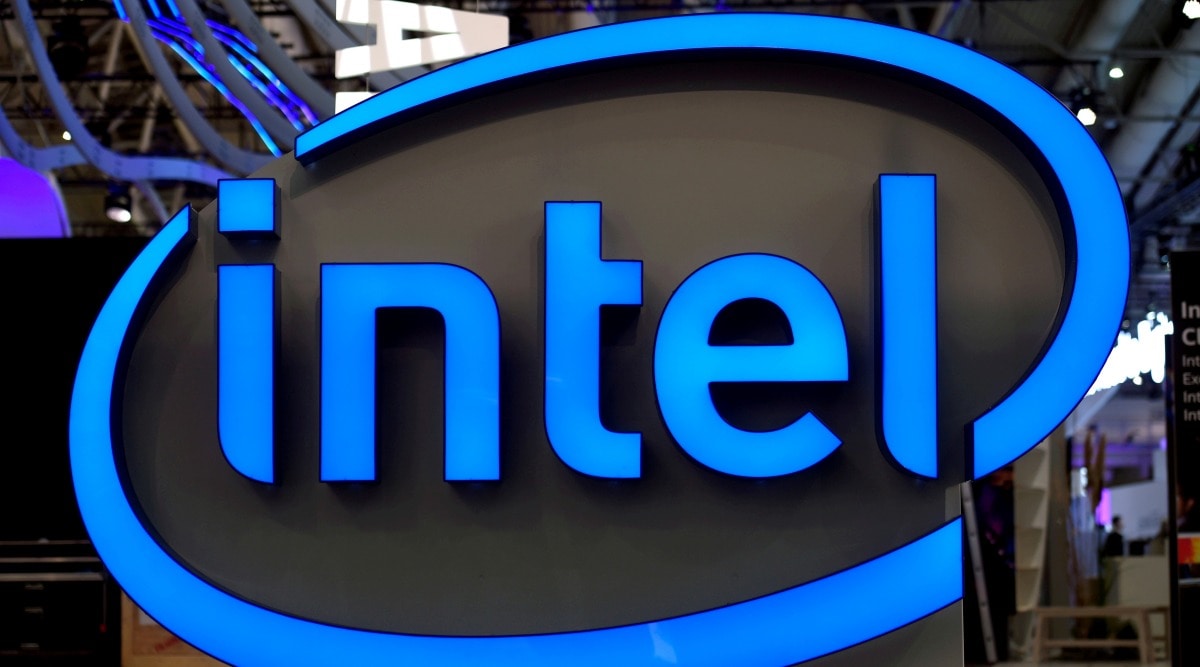
Intel Corp is debating a attainable supply to purchase SiFive Inc, an individual acquainted with the matter informed Reuters, an organization intently related to open-source expertise that’s difficult the rise of Intel’s rival, Arm Ltd.
SiFive, a San Mateo, California-based startup, employs a number of of the creators of RISC-V, an open-source chip expertise that’s difficult Arm, the British chip expertise agency being acquired by Nvidia Corp for $40 billion.
Each Arm and SiFive promote mental property equivalent to chip designs to others who finally produce the chips.Intel and SiFive each declined to remark.
Bloomberg on Thursday reported Intel’s curiosity, citing a supply saying that the Santa Clara, California-based chipmaker is mulling a $2 billion supply. Intel, together with rivals equivalent to Qualcomm Inc, is already an investor in SiFive, which raised $61 million in a funding spherical led by Korea’s SK Hynix.
SiFive is designing computing cores utilizing the RISC-V structure. Whereas the underlying structure for these cores is open-source, the precise core designs themselves could be offered.
Buying SiFive may give Intel a library of mental property it may use each in its personal chips and that it may supply to license to future clients as it really works to construct a enterprise by opening up its chip factories to outsiders. Intel has already mentioned it plans to license out computing cores based mostly by itself proprietary x86 structure to clients as a part of its contract manufacturing enterprise.
However Intel would additionally acquire a software program enhance. SiFive can be engaged on making it simpler to program to completely different sorts of computing chips and final 12 months employed Chris Lattner, a outstanding Silicon Valley pc scientist.
Lattner spearheaded the creation of the Swift programming language for Apple Inc that has turn into the first method builders write apps for iPhones. Extra not too long ago, Lattner oversaw programming language groups for Alphabet Inc’s Google Mind and TensorFlow synthetic intelligence groups.









